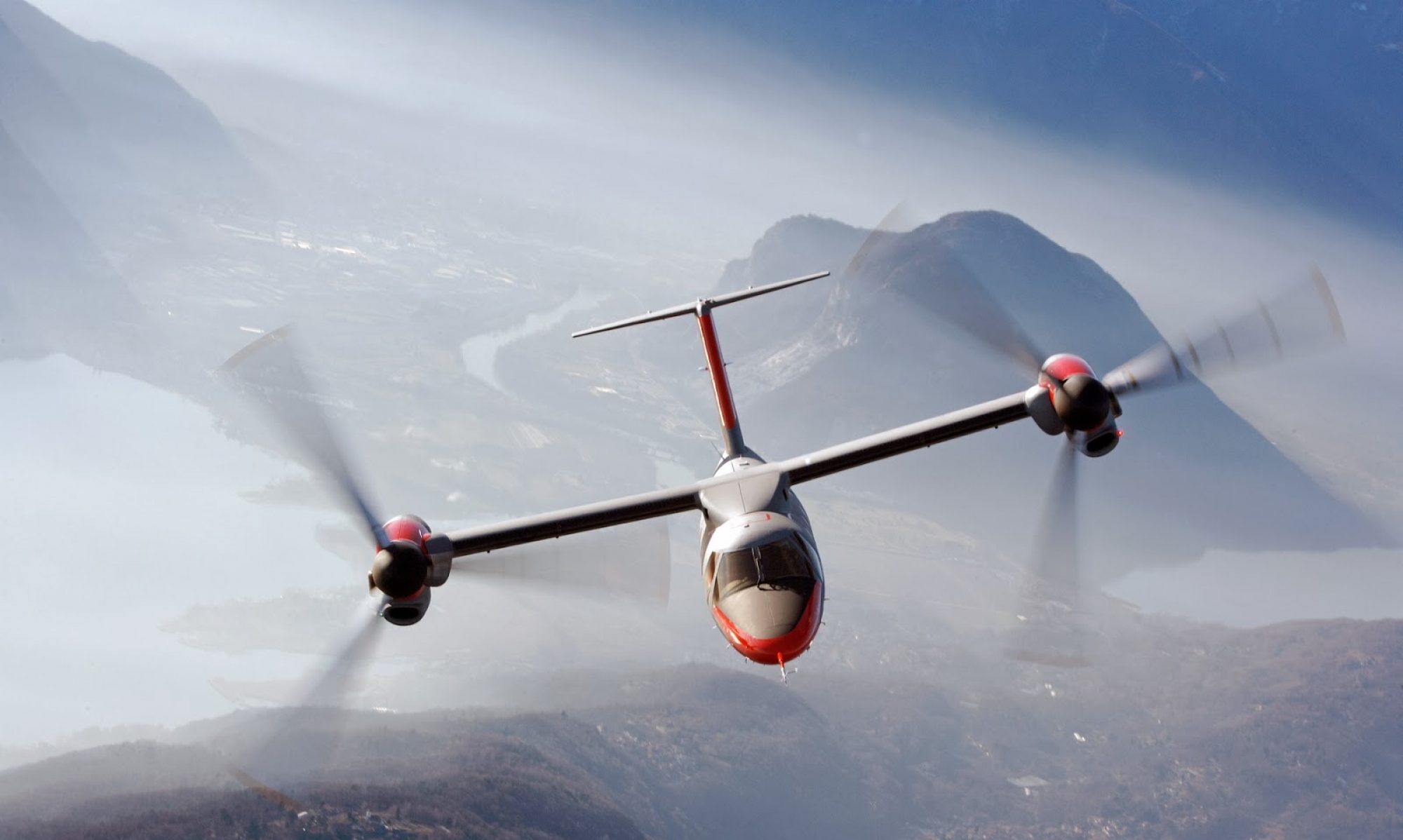Here’s a list of aircraft that I’ve actually had my hands on the controls of (in the air!). These are largely chronological, although when we moved from the US to the UK in 2005 my log book went missing, so some of them may be close but not quite in the right order.
When I was at Brighton, Hove, and Sussex Grammer School for Boys in the early ’70s, I joined the RAF Cadets. We used to go out to Shoreham airport every six months or so where we each got a turn to fly in a DeHavilland DHC-2 Chipmunk. The picture below I took at one of those sessions. We wore Mae Wests and had bulky seat parachutes (the seat was a metal bucket and the padding for your bum was the parachute). The pilot stayed in the aircraft as one boy was helped out of the rear seat by an airman and the next got strapped in. Then the pilot would start to taxi out and ask “Are you all right?” “Yes, sir.” “What would you like to do today?” “Aerobatics please, sir!” “Righty-ho.” and off we’d go for about 20 minutes of barrel rolls, loops, and spins. After takeoff the pilot generally let you take control for a while, and if you were relatively experienced the pilot would let you do a loop or roll yourself.
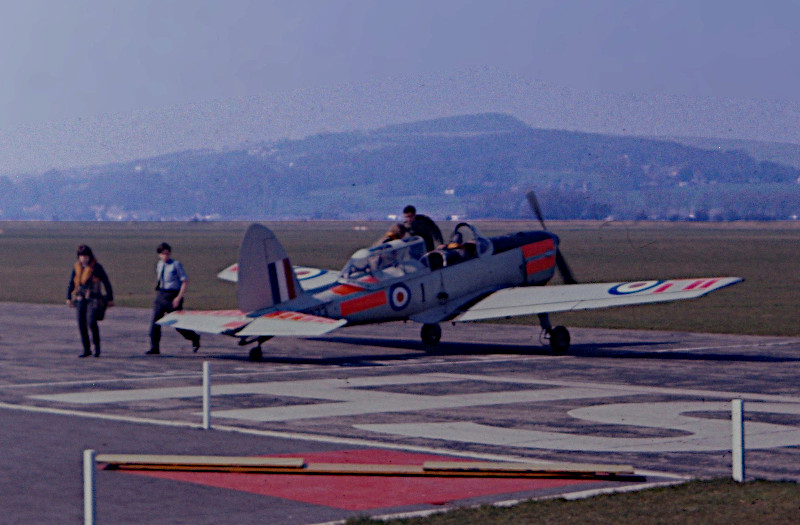
When I was 15, one of the NCOs who was scheduled to go on a gliding course had to cancel, and I was in the office at the time and got offered his place. So that weekend I went off to RAF Tangmere where I made my first glider flight in a big old Slingsby T.21 Sedburgh.
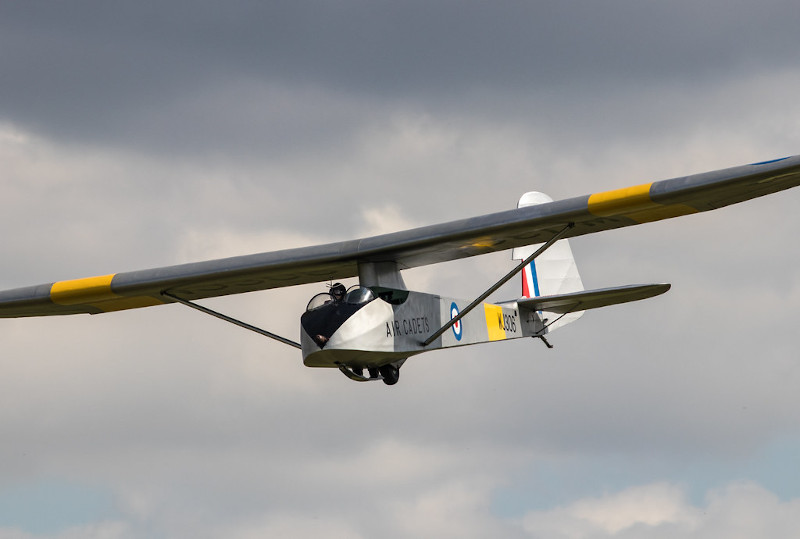
Over the course of about 3-4 days I accumulated a number of flights in the T.21 and T.31, until my instructor hopped out and said ” I need to go, Smith will take you up next.” I didn’t know at the time that you had to be checked out by 2 instructors before they’d send you solo. So we went for a circuit, he hopped out and said “Right, off you go” and my first solo flight ever was in the T.31 Cadet. Subsequently I read an article about a 16-year-old that was the youngest UK person ever to get his gliding certificate, but I had done it at 15. Hmmm.
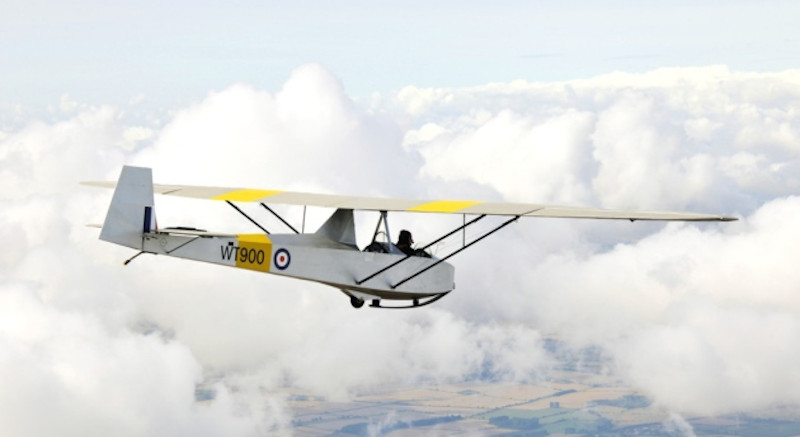
When I went to Cranfield for my Master’s degree, the Aircraft Design course included 4 hours of flight instruction. For a small fee (I think it was about £7 an hour) you could get an additional 4, and then I think for £15 an hour you could carry on up to a full pilot’s license. The instructors, Harvey Britten, Angus McVitie, and Ron Wingrove, were absolutely brilliant and each very different. Harvey was a quiet, competent, and considerate man who was impossible not to like. Angus was an RAF squadron leader that made one wonder how he had managed to spring to life out a Biggles book, and Ron was debonair and slightly solopsistic but still very charming. I knew Harvey and Angus had both died, but I looked up Ron and his LinkedIn picture shows him drinking on a beach somewhere. Harvey led the training program and Angus and Ron were pilots for the school’s many projects, that taught on a part-time basis.
We flew the Beagle Pups – there were 2 (G-AXDW and G-AXIA). Delta Whiskey (below) was the aircraft that I actually passed my test on.
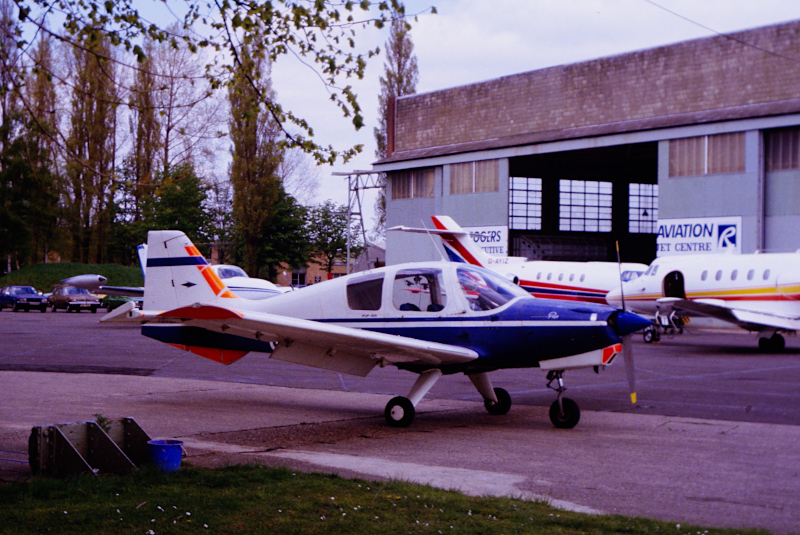
After graduating from Cranfield I took a job at Piper Aircraft in Lock Haven, Pennsylvania, where they had an employee flying program. There were a number of customers that were perfectly happy to pay full price for an aircraft that had been proven in 100 hours of flight, so they used to put brand-new aircraft into the program for 100 hours and then sell them. They charged a ‘wet’ rate, i.e. it included fuel, so if you took the aircraft on a long journey and had to refuel you would pay them their wet rate and they would reimburse you for the fuel you had purchased. However, the wet rates were so low that if you had bought fuel elsewhere the end result would usually be that they would actually pay you money when you returned the aircraft.
The most reasonable, and therefore popular, aircraft for just boring holes in the sky was the Tomahawk (not my photo). It was a 2-seat trainer that was, as I recall, $15/hr. The longest trip we made was when my sister, living on Long Island, decided to move back to the UK and wanted to sell us her Karmann Ghia. Cricket and I flew into MacArthur airport and all the way there I said “We’re only taking the car, we’re not taking the cat…”. Ultimately Cricket drove the rather questionable car back through New York City and I flew the Tomahawk back to Lock Haven with a very sick and unhappy Siga Siga (the cat). The cat lasted longer than the car.
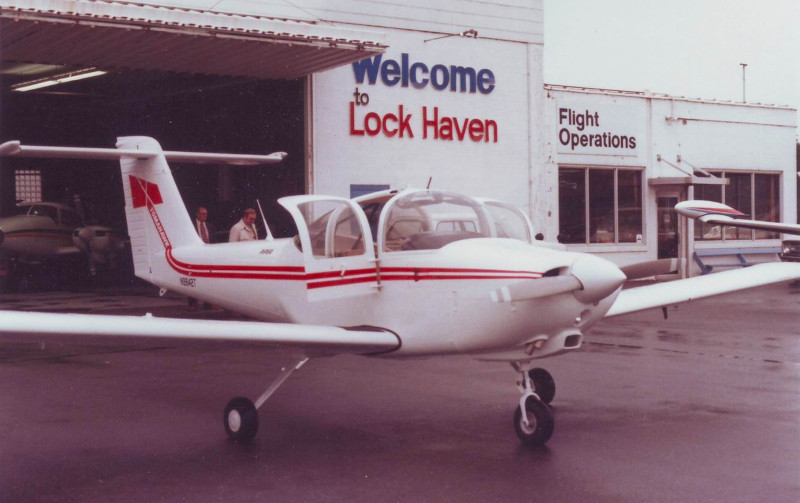
There was a Super Cub, I flew it just to get my tailwheel rating but it wasn’t terribly practical. The low-speed performance was amazing , though, and on a windy day you could line it up into the wind (the Cub didn’t use the runway, we flew it off the grass) and almost takeoff and land vertically. Picure below shows Jim McClelland and Dave Schwartz lounging beside one waiting to be sold.
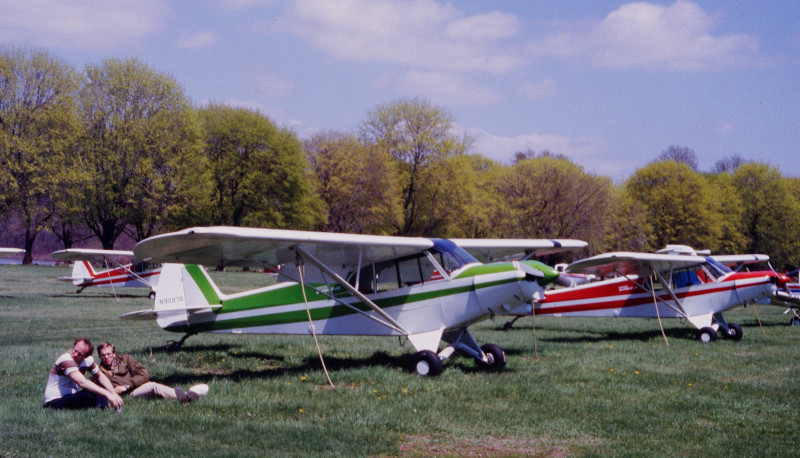
There was always a Piper Arrow or Turbo Arrow available. I flew them a couple of times and got my complex rating (retractable gear and constant-speed prop). The Turbo Arrow was probably my favorite of the Pipers, but was something like $40/hr so I didn’t fly it often.
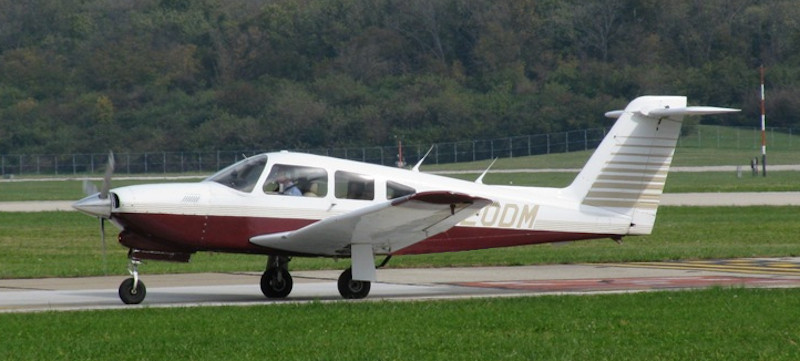
The Cherokee fixed-gear line had 3 models – the Warrior, the Archer, and the Dakota (in increasing order of power). The aircraft I flew the most in Lock Haven was the Archer. It was a great 4-seat aircraft that made for comfortable trips for 3 or 4 of us to places like Ocean City, Maryland or Boston, Massachusetts – and it was only $23/hr.
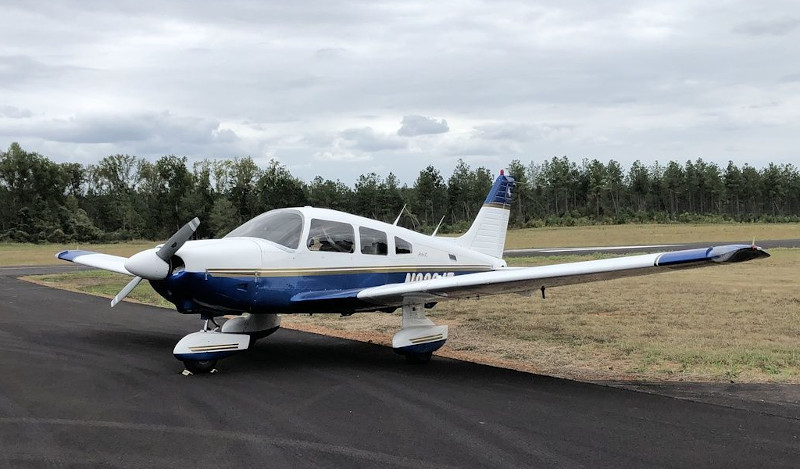
After we moved to Wichita I joined the Beechcraft flying club. This wasn’t company sponsored to any great extent. I flew the Bonanza A36 but we felt the club was pretty unaffordable after Piper.
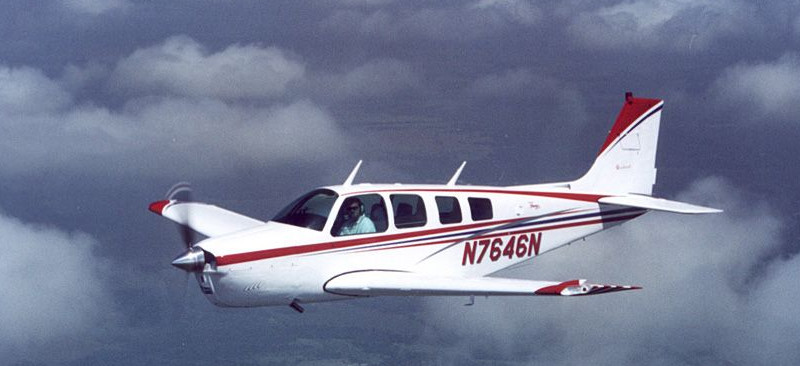
The old V-tail Bonanza had a fatigue problem at the root of the fins, and was known as the fork-tailed doctor killer because it was a complex aircraft often bought by inexperienced but relatively well-off people (like doctors) but also because the tails did fail. Because of that, the prices were fairly depressed compared to comparable performance aircraft. Jim McClelland and I had both moved from Piper to Beech at the same time, and then to Bell Helicopter in Fort Worth a few months apart. We discovered that Beech was planning to implement a fix to all early V-tails at no expense to the owners, so we decided to buy one between us before the prices went up.
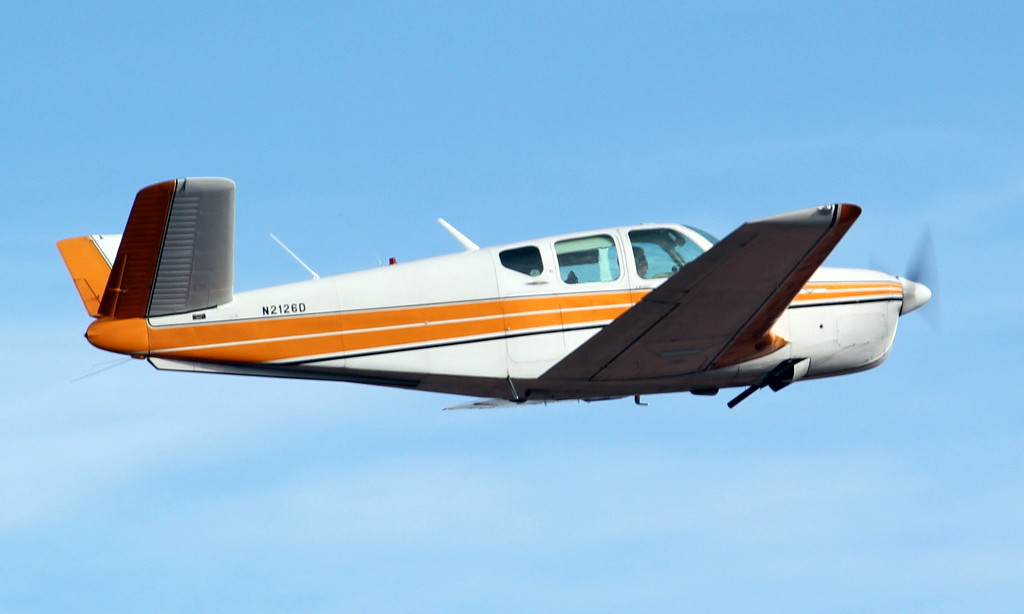
Jim was a keen flyer, and put a lot of hours on the aircraft. I did fly it occasionally, including one trip to Odessa to visit Cricket’s parents. Whilst we were talking to a friend of theirs, Bill Vandergriff, it transpired that he needed to go to DFW so we offered him a lift. Bill was a big guy, and barely fit into the plane. I think he regretted it soon after takeoff and some mild turbulence on landing cured him of ever wanting to fly in a light plane ever again.
Jim had a couple of minor ground incidents that cost us some money, and the engine had reached its TBO. I was starting to get more tied up with the family, and Jim wanted to move up to a twin, so we sold it around 1988, after about 2 years, for about what we paid. After that I only flew light aircraft occasionally to keep my license current until about 2000.
I did, however, get a couple of opportunities at Bell. When we started the 609 program in 1994, this meant working closely with the tiltrotor marketing department, including Dick Spivey and Ron Reber, who were responsible for scheduling the flying of VIPs in the XV-15 in Arlington. Ron Earhart was the chief test pilot, and I had worked with him on some classified stuff, but Dwayne Williams was in charge of the tiltrotors. When the aircraft had about 30 minutes of flying time left before a major overhaul, Ron Reber suggested to me and Ron Earhart that I might be better able to design a tiltrotor if I’d actually flown in it. Dwayne was a bit reluctant because, frankly, it cost about $4000/hr to run and I was nobody. But eventually he agreed that they couldn’t take a VIP up for only 30 minutes so I may as well. I didn’t get to takeoff and land, but I did fly through conversion both ways. Whenever anyone flew the XV-15 it was a bit of a media event, with a photographer on hand and a small crowd.
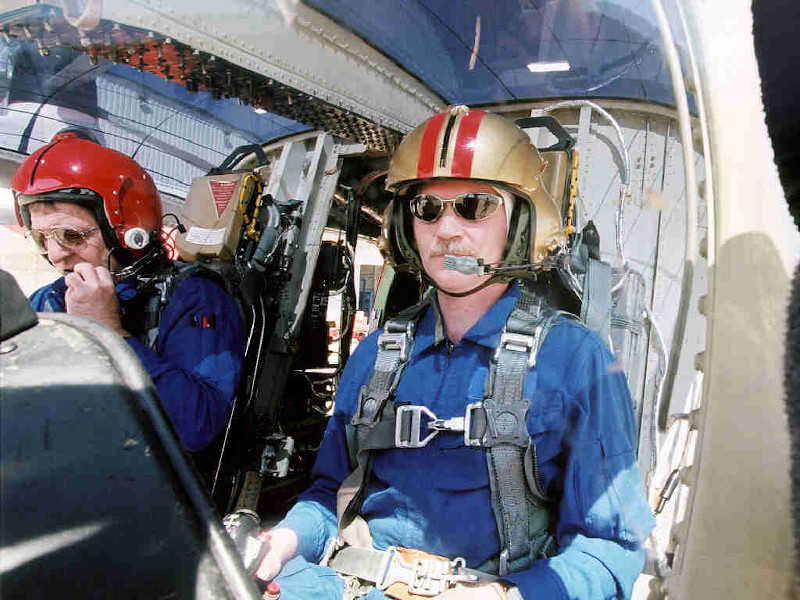
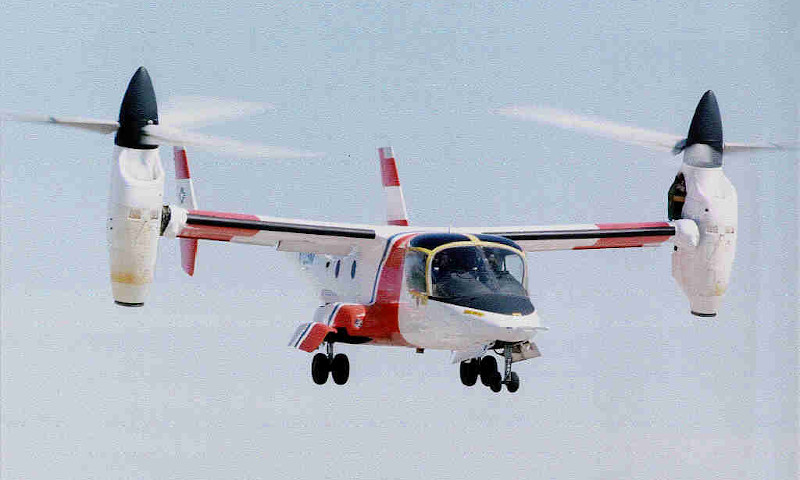
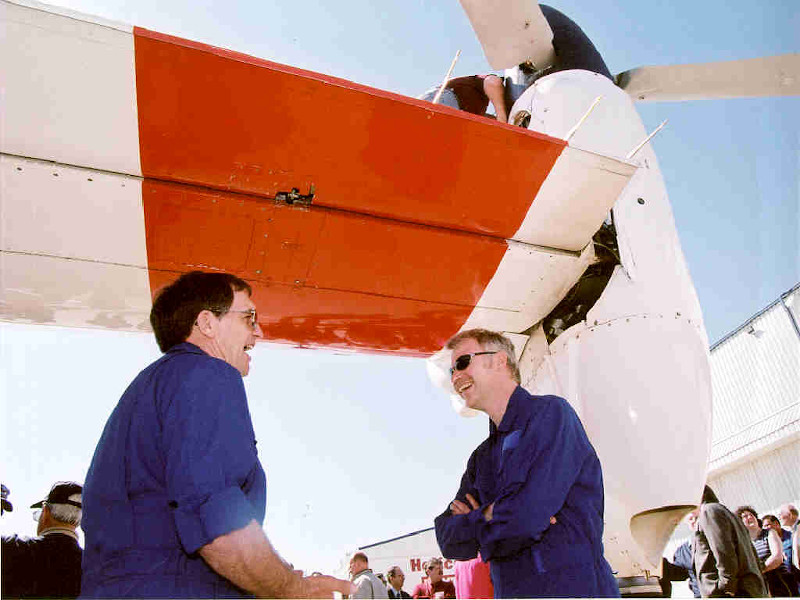
Eventually Dwayne and I became good friends.
After the early days of the 609, it was split off from Preliminary Design. John Magee, who had been in charge of Preliminary Design, decided to go with the 609 and I took over as the Predesign Group Engineer. When I started the MAPL program, I had a pilot called Jim McCullough assigned to me – we had a number of technology development projects embedded into the overall development program (QARTR rotor, Tail Fan, and the EC120 and other evaluations), and he flew these test aircraft. We developed a close relationship and he taught me to fly helicopters in the flight test 206BIII (like, but not, the aircraft pictured).
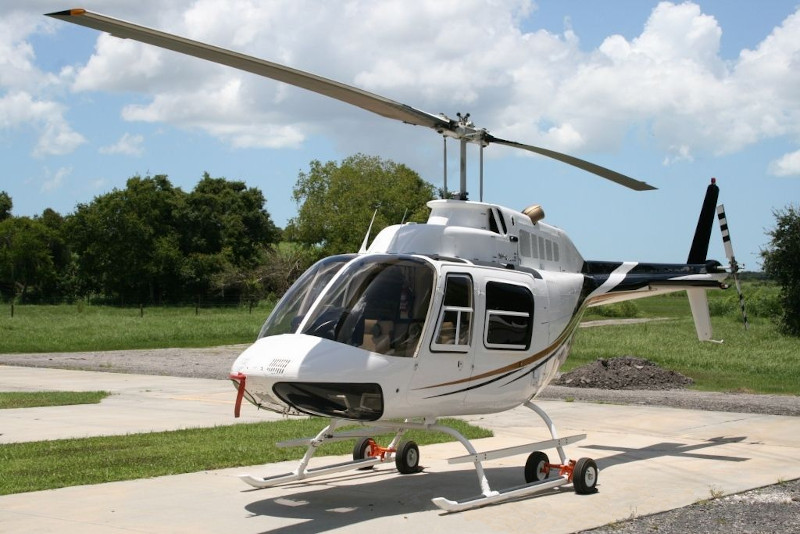
As part of our development we decided we needed to understand the competition better, so I persuaded Bell to buy a Eurocopter EC-120. We flew it, disassembled it, bought a spare blade and cut it up , and learnt a lot. We also hired a number of different helicopters, and at one point we went to Houston to fly a Robinson R44. We took the EC120 and I flew it back. The picture below was taken of the helicopter undergoing fenestron effectiveness testing in Mirabel.
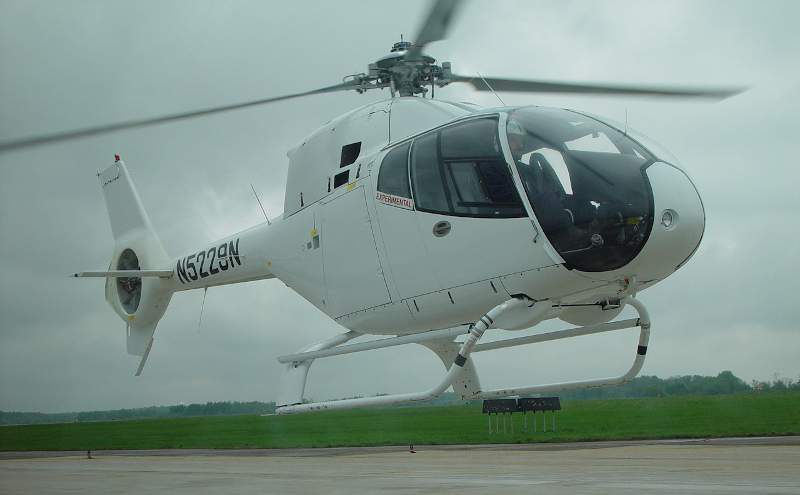
Jim obviously had other duties, and one Friday he had to deliver a 407 to Mexico City and needed a copilot. We flew south through Texas into a lowering fog, until at one point we found ourselves having to fly up to get over fences! We stopped in a field to sit it out and eventually managed to set off again across the border and down to Tampico, where we spent the night.
The following morning we set off across the Mountains to Mexico City, and as we flew across there would be tiny clumps of about a dozen houses each brightly painted, set amongst the lush green mountain valley. I’ve tried to find internet pictures of them, but to no avail. It was honestly one of the most beautiful things I ve ever seen.
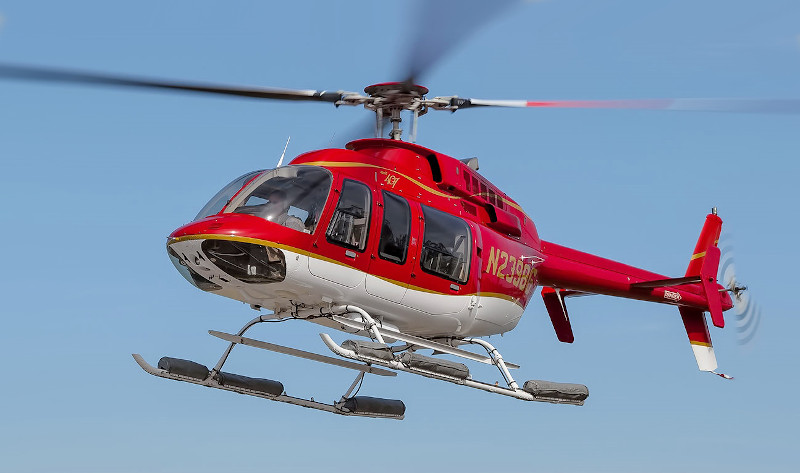
Since returning to the UK (and losing my log book and licenses) 15 years ago I’ve not flown, although I do still expect to get back in the air at some point.
